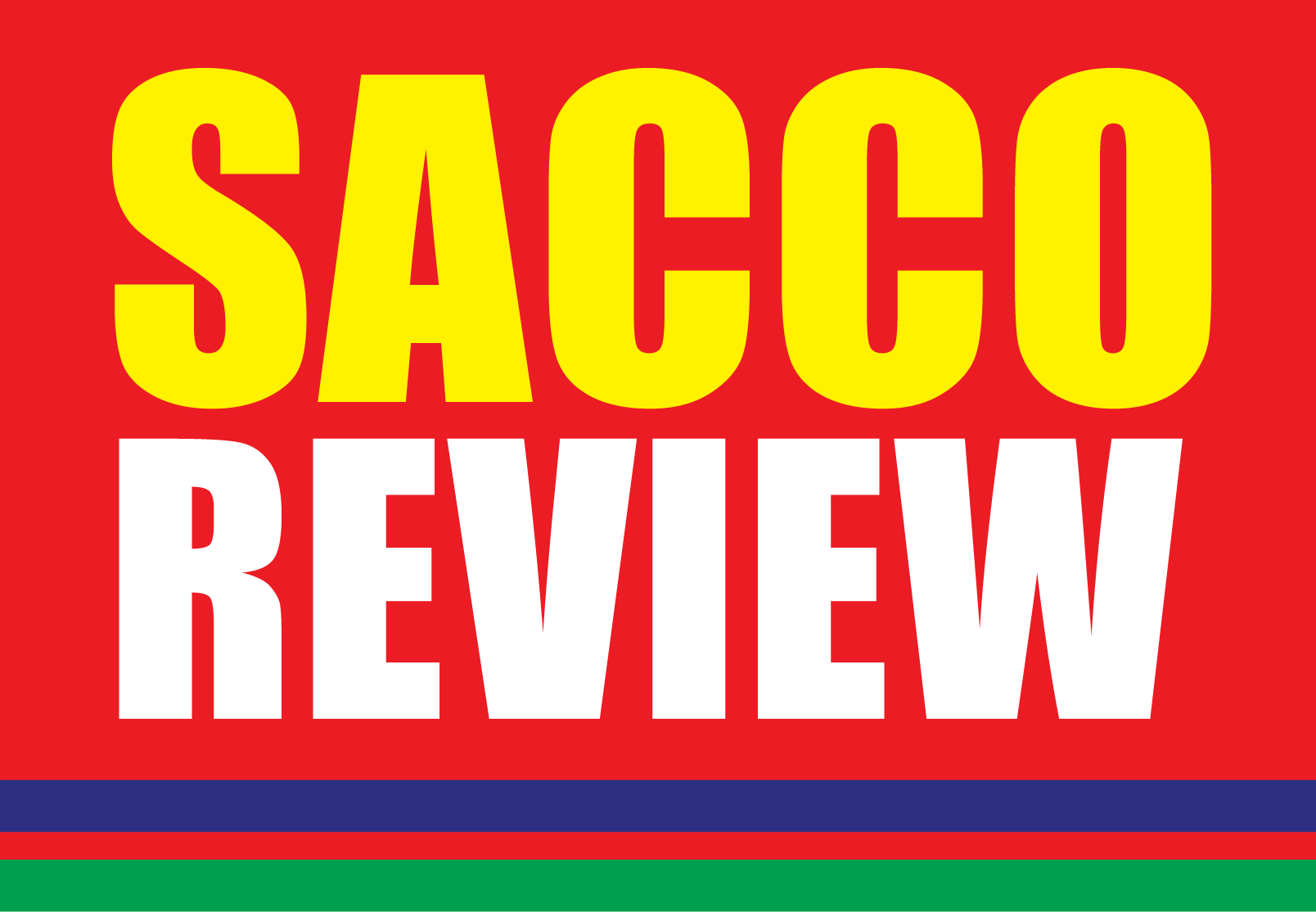The Sacco Societies Regulatory Authority (SASRA) has expressed concerns that while credit scoring has immense value, SACCOs have been slow to adopt credit referencing fully, creating gaps in credit decision-making.
The regulator also points to challenges in implementing effective credit-scoring systems, which have hampered responsible lending and long-term financial stability.
According to the latest SACCO Supervision Annual Report, 2023, the number of DT-SACCOs reporting to CRBs dropped from 152 DT-SACCOs in 2022 to 146 DT-SACCOs in 2023.
The drop included the two (2) DTSACCOs whose licenses were revoked in 2023—Jacaranda SACCO Society Ltd. and Kenya Midlands SACCO Society Ltd. 4 other DT-SACCOs terminated their partnerships with the licensed CRBs. It is due to this that SASRA is now pushing for legal reforms to address the existing conflict in the credit information sharing framework in order to make it mandatory rather than discretionary.
Credit scores are based on information in your credit report, which includes your payment history, amounts owed, and length of credit history, new credit, and credit mix.
A higher credit score generally means one is considered a lower-risk borrower, potentially leading to better interest rates and more favorable credit terms.
One can check their credit scores with several reference bureaus, including TransUnion and Metropol in Kenya.
ALSO READ:
The SASRA Sacco Supervision Annual Report 2023 mentions that regulated SACCOs continue to share the credit information of their members through the credit reference bureau framework established pursuant to the Credit Reference Bureau (CRB) Regulations 2020, which recognizes licensed Regulated SACCOs (DT-SACCOs) as direct subscribers to the licensed Credit Reference Bureau (CRBs).
The regulator, however, points to an existing conflict between the Credit Reference Bureau (CRB) Regulations 2020 and Section 54 of the Sacco Societies Act, which anticipated the enactment of a parallel credit information sharing framework for regulated SACCOs.
In addition, the restriction created in the Credit Reference Bureau (CRB) Regulations 2020 by reference to licensed SACCOs means that the NWDT-SACCOs, which are not licensed under the Sacco Societies Act but authorized pursuant to the Regulations 2020 made thereunder, are not bound to comply with them.
According to Sacco Societies Regulatory Authority (SASRA), Chief Executive Officer, Peter Njuguna, the reason SACCOs are yet to fully embrace the Credit Information Sharing (CIS) Framework despite its obvious benefits is primarily due to the existing regulatory framework, which recognizes SACCOs as credit information providers but has no enforcement mechanism.
However, a section of top executives in the SACCO industry has a different opinion on CRBs and the use of credit scoring as a loan assessment tool.
Mentor DT SACCO Limited, Chief Executive Officer (CEO) Joyce Ndegwa acknowledges that they use the credit scoring method when assessing the creditworthiness of those members who are applying for a mobile loan product, which does not require guarantors.
ALSO READ:
She noted that most SACCOs that provide mobile loans are moving to the credit scoring method as an assessment tool.
“Members apply for mobile loans on online platforms, using the mobile app and the USSD code. Here, applicants are not required, therefore, to have guarantors, with more SACCOs using the credit scoring method as an assessment tool,“said Ndegwa.
She denies that SACCOs are experiencing an increase in the volume of non-performing loans due to their lending practices.
Ndegwa noted that employer-based SACCOs are worst hit by many deductions, taxes, levies, and charges that have gone up, including NSSF and Social Health Insurance, adding that all these deductions affect the net incomes of employees who have obligations, including SACCO loans.
She raised concern that underpayment of loans by members due to increased deductions affects the performance of the SACCO loan book.
Although many SACCOs have signed up with credit reference bureaus, they are yet to fully embrace the credit information sharing framework that also entails the use of credit scores as a valuable tool for assessing financial behavior.
According to Trans-Nation DT SACCO Chief Executive Officer Luncham Mugambi, many SACCOs do consider factors beyond credit scores when making lending decisions. These factors include a member’s savings history, loan repayment behavior, and their active participation within the cooperative.
He argued that this approach ensures that the member’s overall relationship with the Sacco is considered rather than relying solely on external credit scoring systems.
Mugambi said SACCOs embrace member-based lending as they operate on a principle where members pool their savings to provide loans to each other.
ALSO READ:
Stakeholders call for urgent solutions to devastating hacking cases
The loan appraisal mechanism used is based on a member’s saving history and savings deposit levels rather than credit scores.
“The amount of loan that a member can access depends on a multiple of their accumulated deposits/savings, which also acts as collateral. This practice of internal-based appraisal reduces reliance on external credit scoring,” said Mugambi.
He added that SACCOs use guarantors as an alternative for risk mitigation and that the guarantor’s approach offers peer-based accountability, leveraging on the good standing of a member and personal relationships rather than external credit scores.
“We have signed agreements with CRBs who then blacklist the defaulter, who is now a liability to us and cannot access credit facilities from any other SACCO. Since a member borrows against shares held, the SACCO first freezes these shares in the event of a loan default. Then we go for deposits of the guarantors, who will then follow up on the defaulter. We have loan agreements that even allow a SACCO to auction the property of the defaulter, but we rarely reach these levels,” said a top executive at one of the leading DT SACCOs.
“Unlike the banks, we rely on a member’s payslip and then extend loans against it. We are dealing with members who are also owners of the business and therefore are more considerate than what banks do. We are a social enterprise and not a profit-making venture like other lenders in the market,” said the manager.
While the credit scoring method has been introduced, not many SACCOs are keen to adopt this method when loaning to members. But there are also the more progressive SACCOs that have onboarded the CIS platform.
Stima DT SACCO Chief Executive Officer Dr. Hassan Gamaliel said that they have fully embraced the Credit Information Sharing framework for over a decade as part of their commitment to responsible lending and financial inclusion.
ALSO READ:
Sugar Belt Union pushes for more farmers’ representative slots in the decision making committee
He outlines key benefits of CIS for SACCOs that include improved credit risk assessment, enhanced member creditworthiness, reduction of multiple borrowing and over-indebtedness, faster loan processing, and access to wider credit facilities.
“While we are yet to begin credit scoring as a basis for lending to members, we still assess their creditworthiness, including looking at the CRB status. We do not extend credit to individuals who have defaulted on loans from other institutions until they clear the debt,“said Solomon Atsiaya, Kenya National Police DT Sacco Chief Executive Officer.
Credit scoring is a numerical system that lenders use to assess the risk of lending money to an individual, based on their past credit behavior and financial history. A credit score given to a customer or member is a number that summarizes his/her credit history, reflecting how well one has managed credit and debts in the past.
Lenders, including banks, microfinance companies, and other financial institutions, including SACCOs, use credit scores, along with other factors, to determine a potential borrower’s creditworthiness and make decisions about lending, such as approving or denying a loan, setting interest rates, and determining credit limits.
By Jackson Okoth
Get more stories from our website: Sacco Review.
For comments and clarifications, write to: Saccoreview@
Kindly follow us via our social media pages on Facebook: Sacco Review Newspaper for timely updates
Stay ahead of the pack! Grab the latest Sacco Review newspaper!



